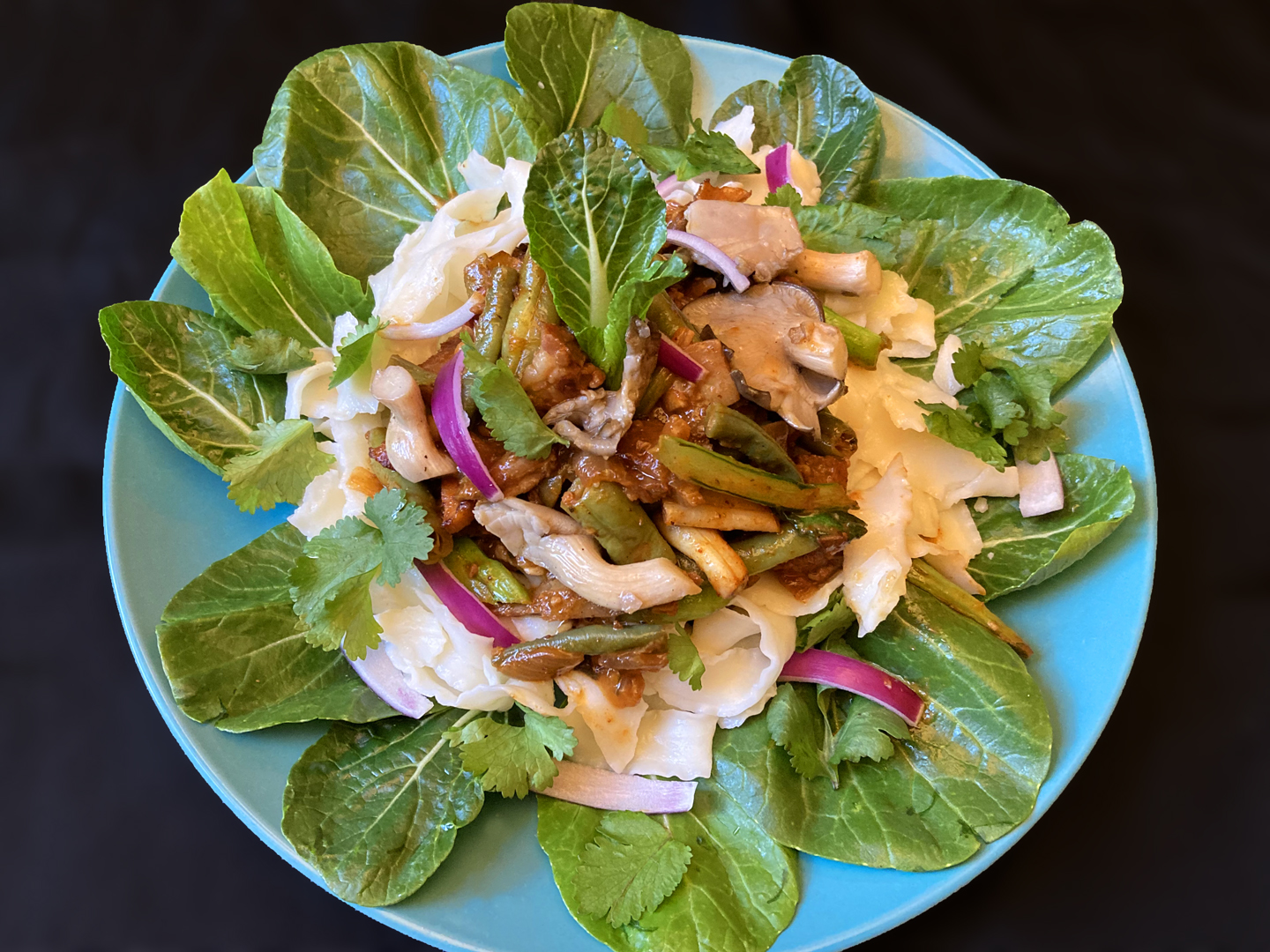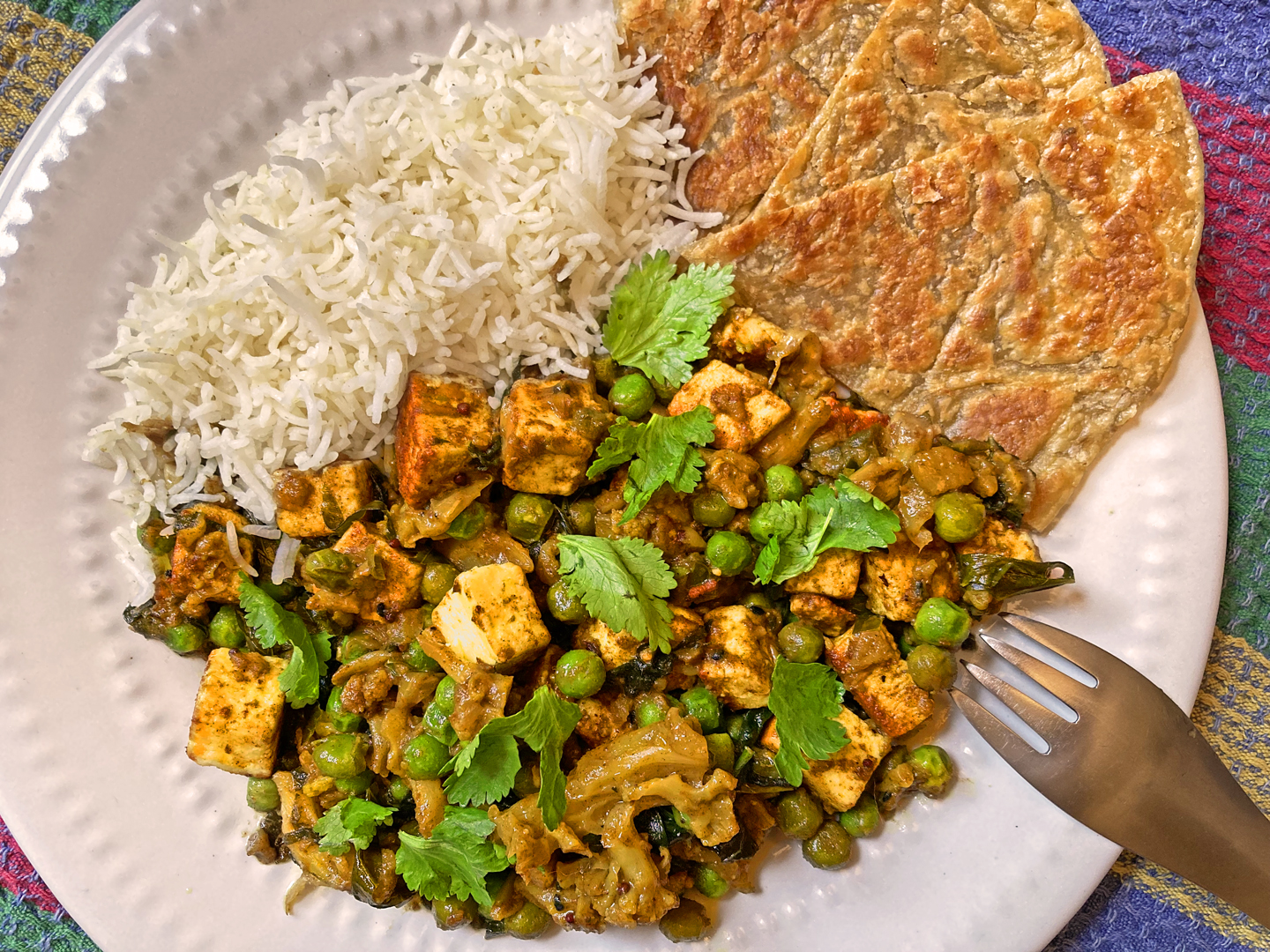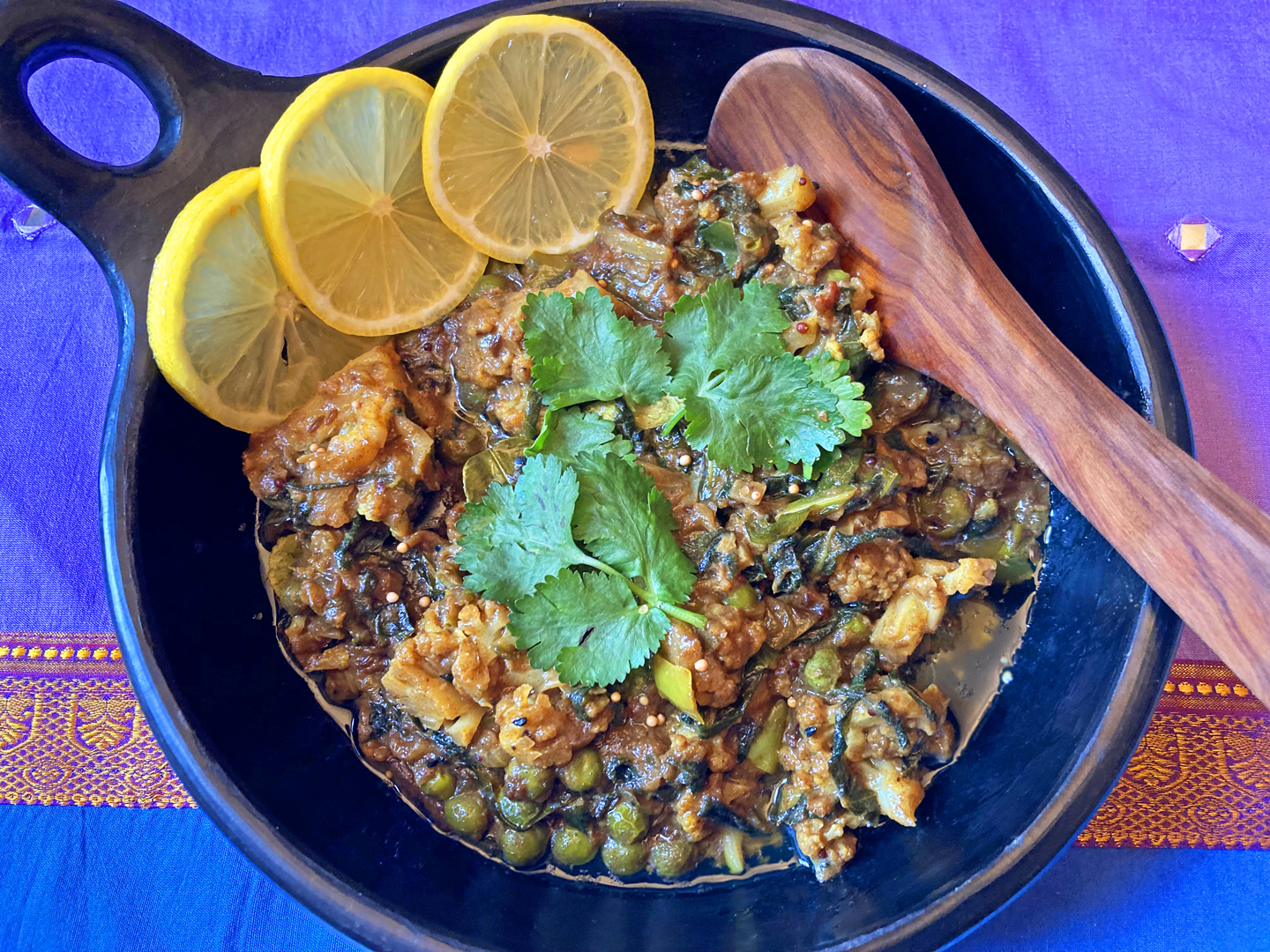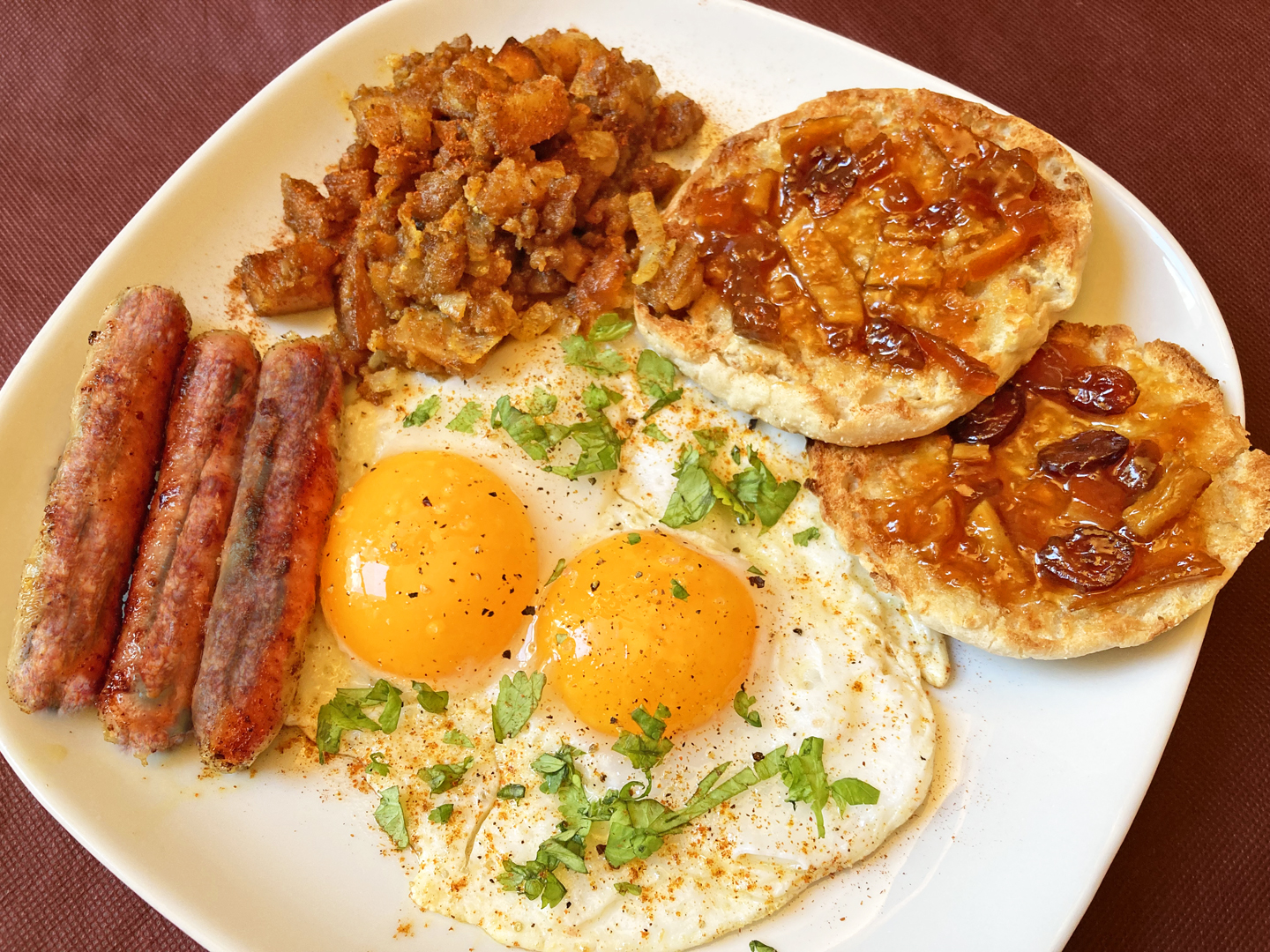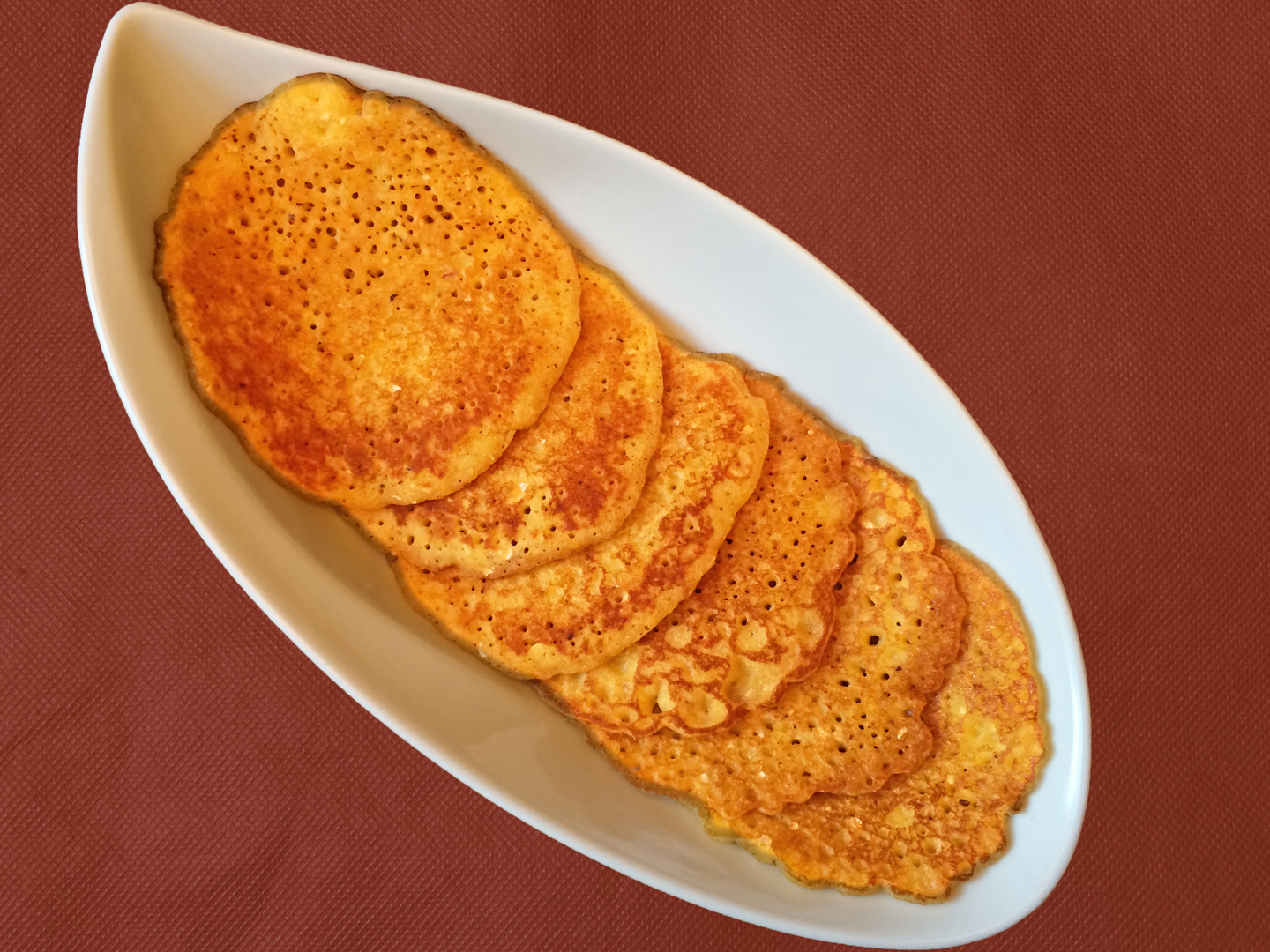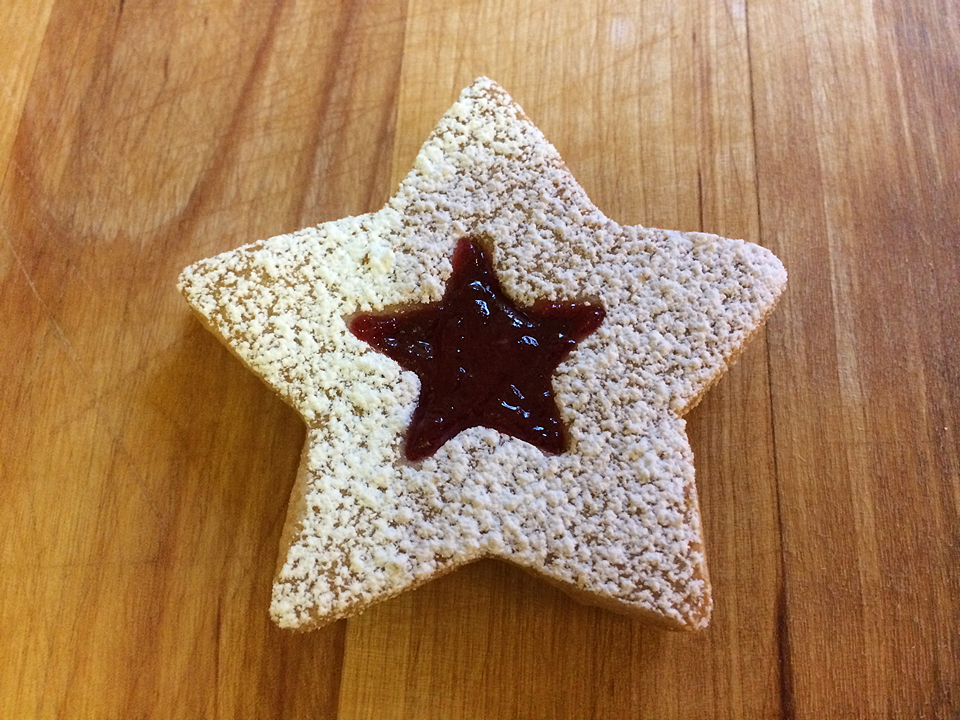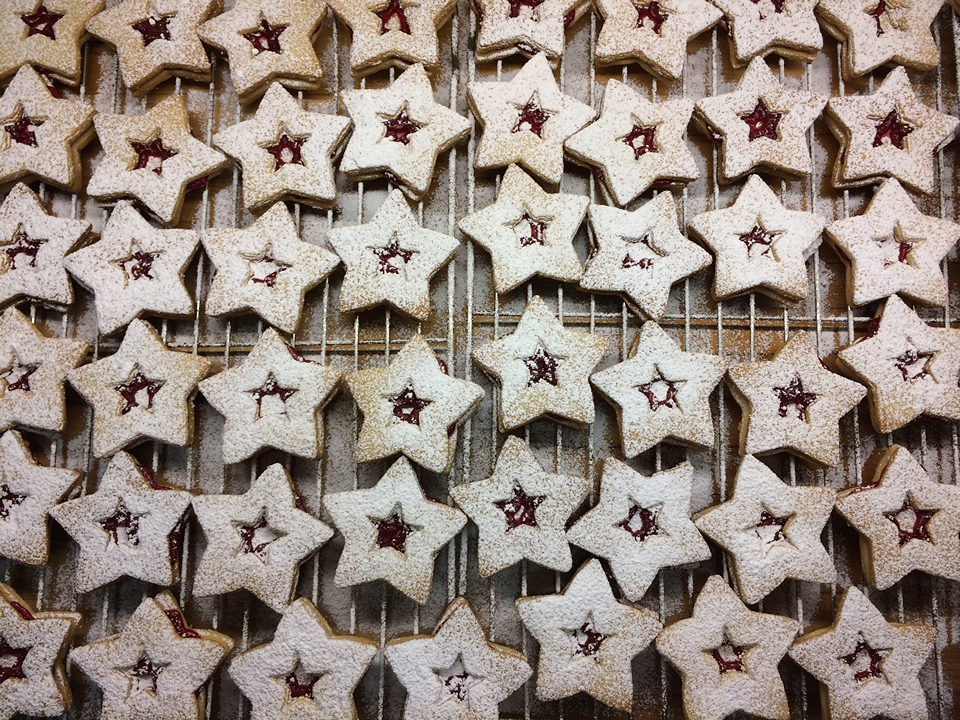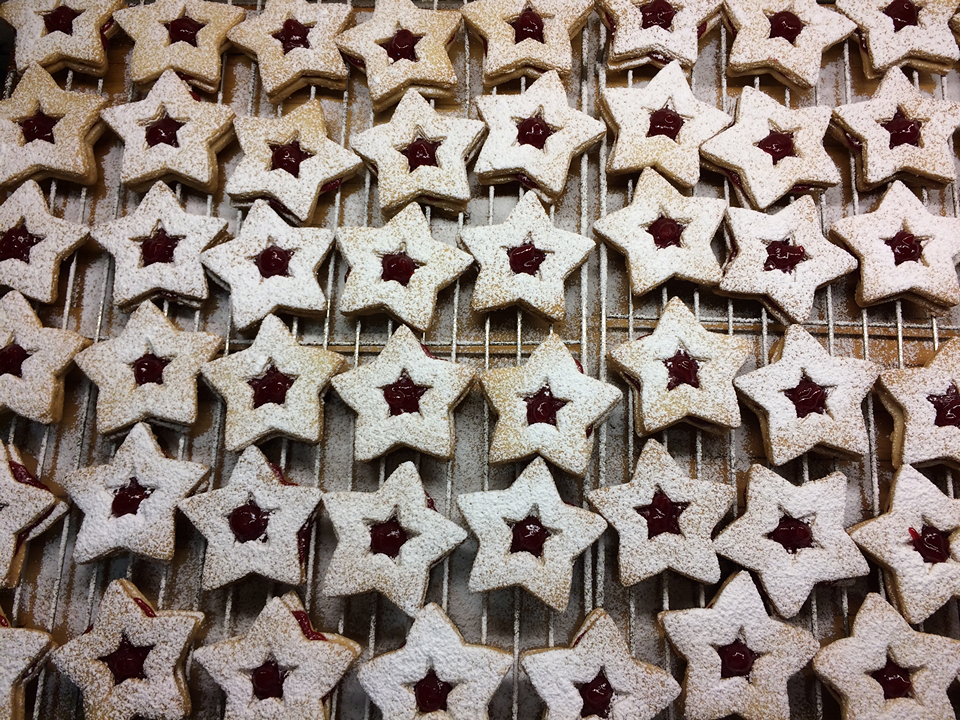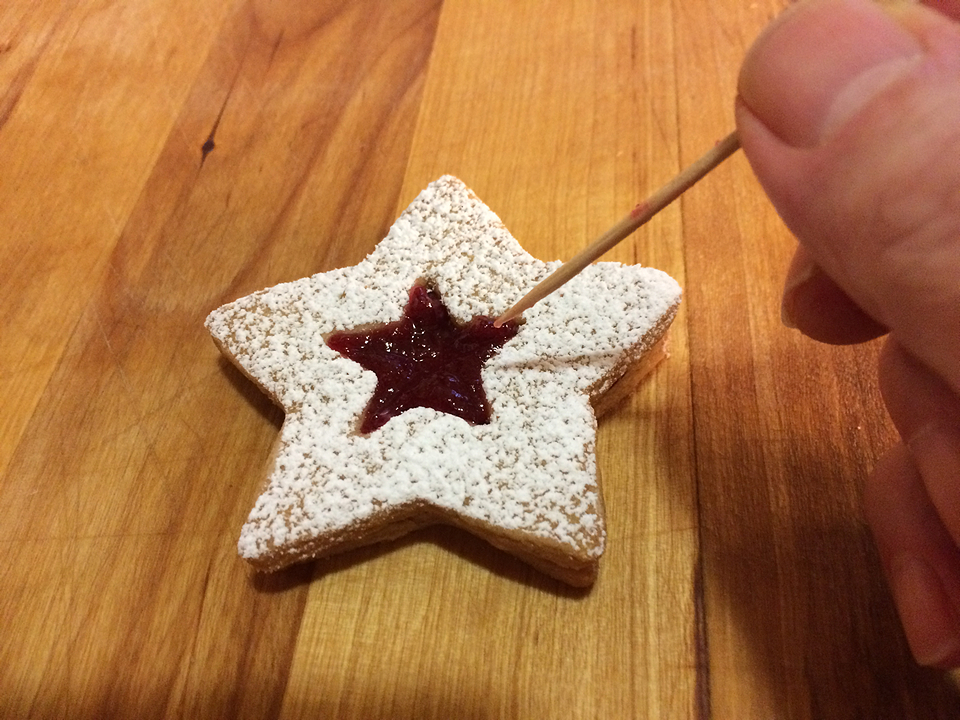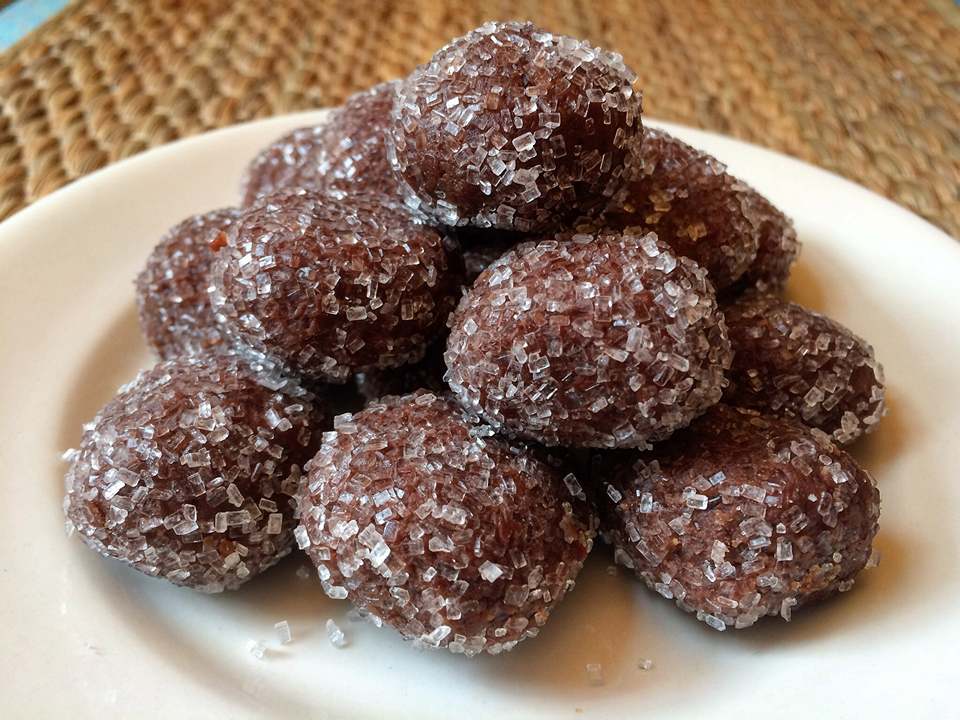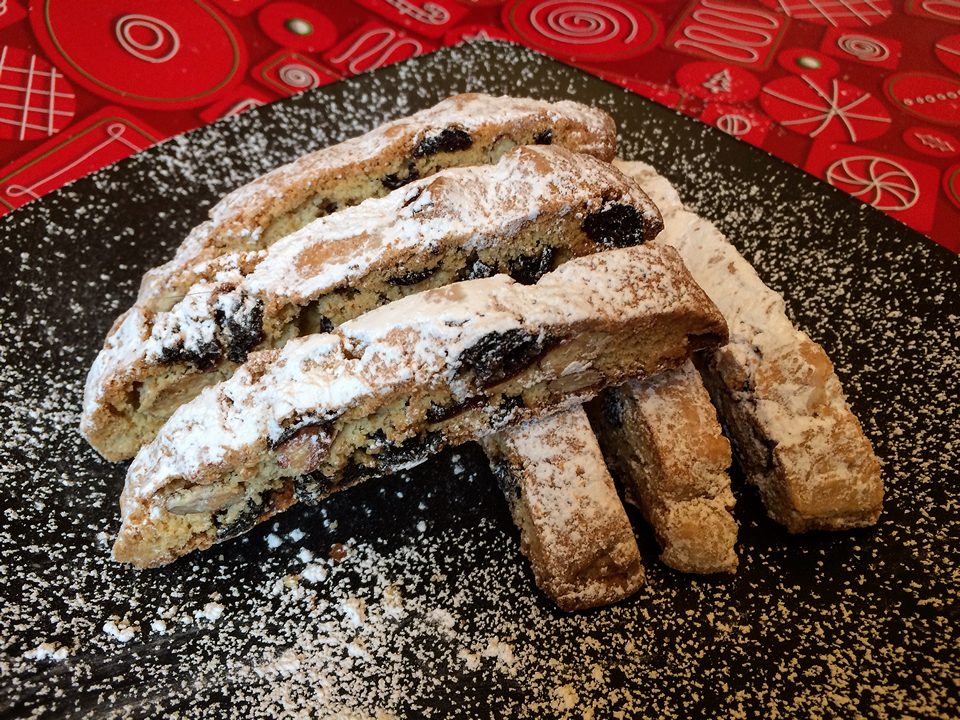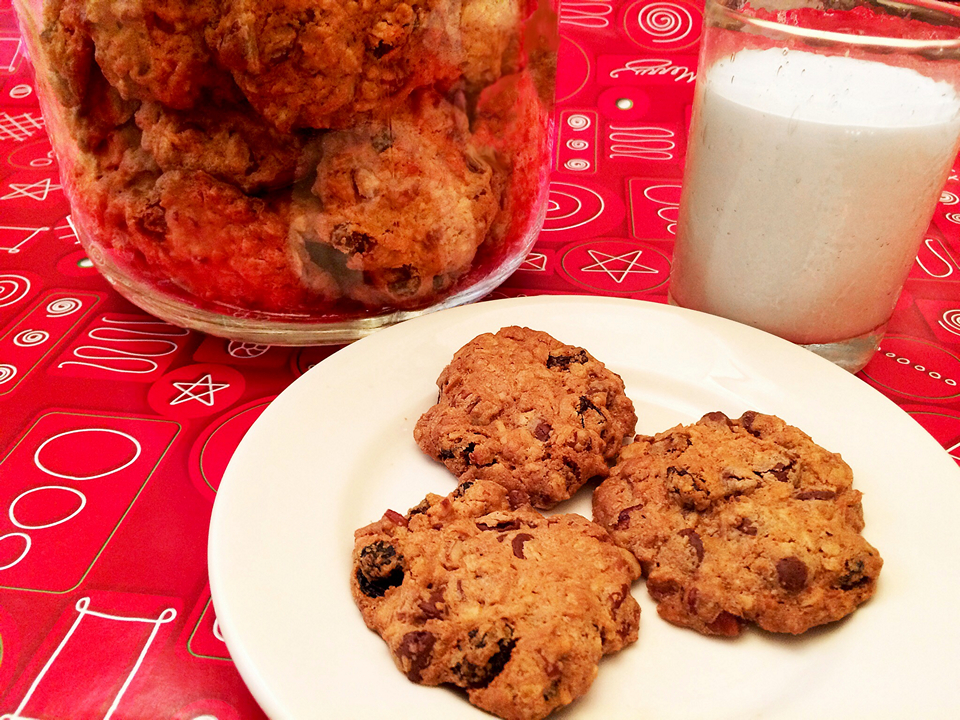The two-week long Chinese celebration of the Lunar New Year begins on Wednesday, January 29 – it’s 4723, the Year of the Snake.
(Click on any image to view it in high resolution.)
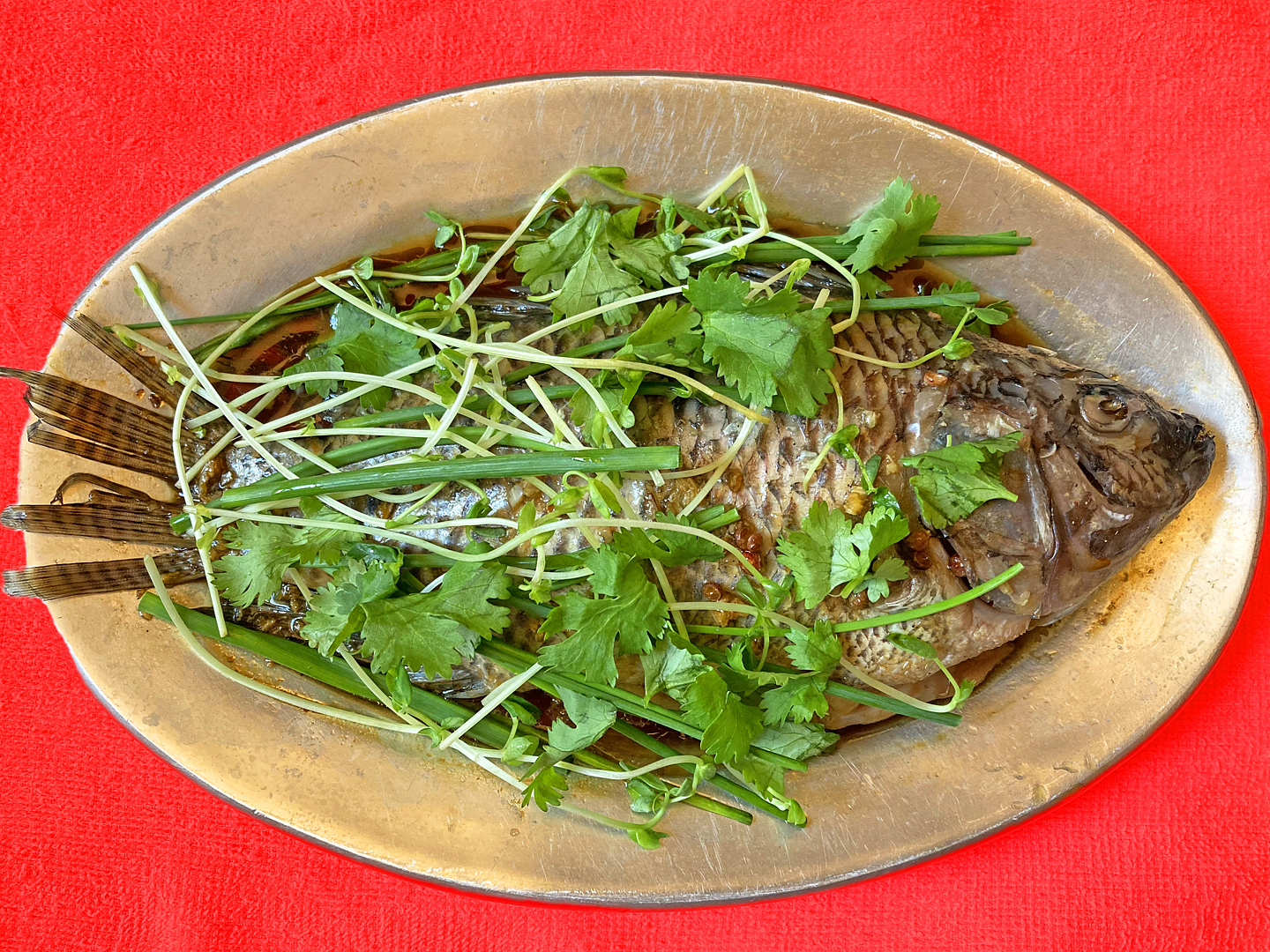
This year’s celebratory feast featured a whole steamed fish stuffed with ginger, scallions, and onions, bedecked with pea shoot sprouts, chives, and cilantro as the centerpiece.

Accompanying the star of the show was char siu chow fun…
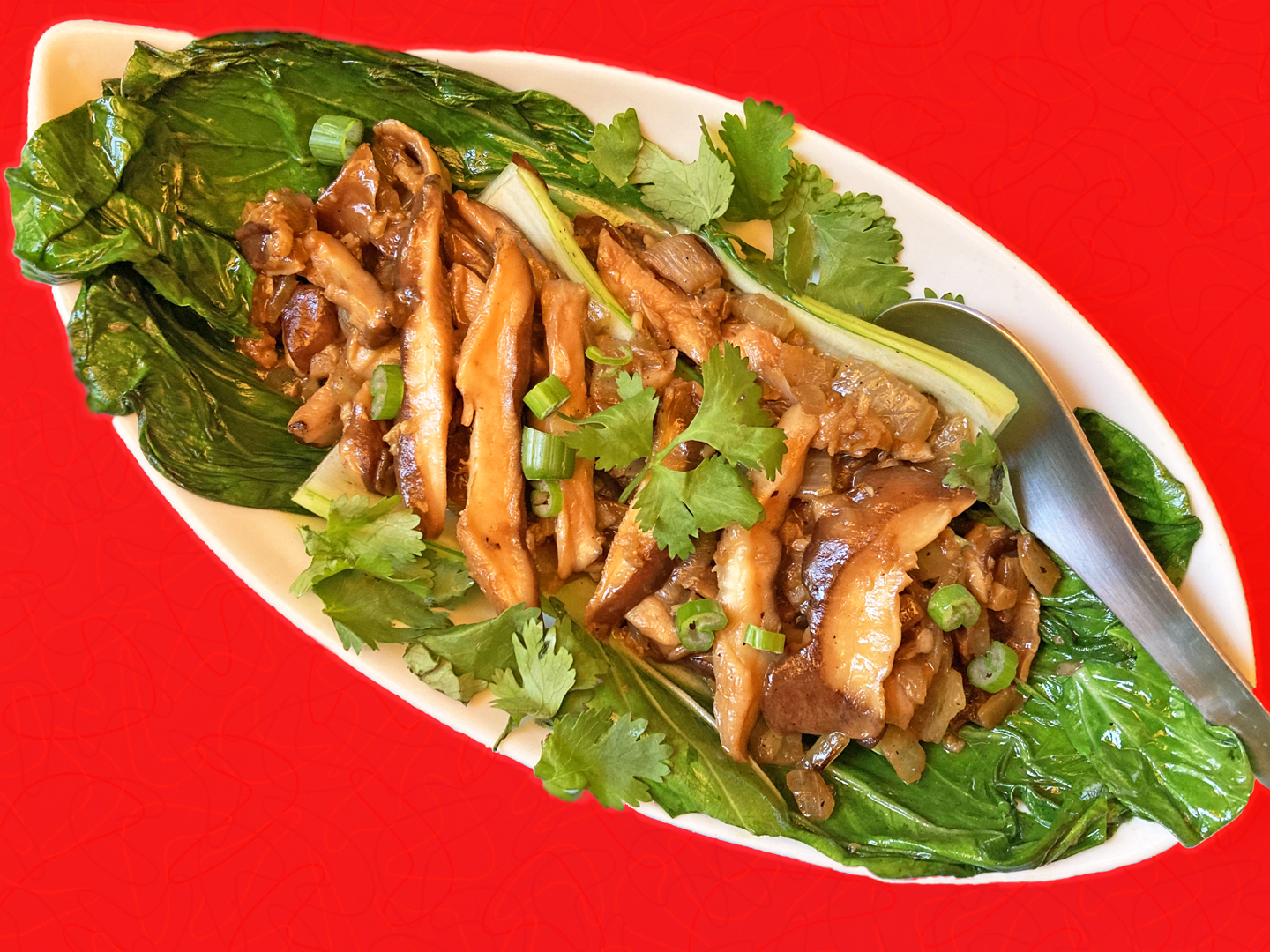
…and an experiment involving a stir-fry of shiitake mushrooms and onions cradled in bok choy, both side dishes boasting a host of traditional ingredients.
The snake is known for a myriad of characteristics depending upon where you do your research: it is associated with transformation (snakes shed their skins), charm, elegance, sensitivity, effectiveness, adaptability, intelligence, determination, and resourcefulness.
One of the traditions that make this holiday so extraordinary is the way in which wordplay and homophones factor into the selection of dishes specially prepared to mark the occasion. For example, at festive gatherings a whole fish will be served, because the word for fish (yu) is a homophone for surpluses.
And speaking of determination and resourcefulness, there was a time a few zodiac signs ago that it looked like my Lunar New Year luck had run out in terms of another one of its traditional foods. It was a mystery involving a particular nian gao (the traditional sweet rice cake and a homophone for high year) that resonates to this day.
Want to know what happened? Please read my tradition-packed short story, “The Case of the Uncrackable Case!”
新年快乐! Xīnnián kuàilè!
恭喜发财! Gong hei fat choy!

